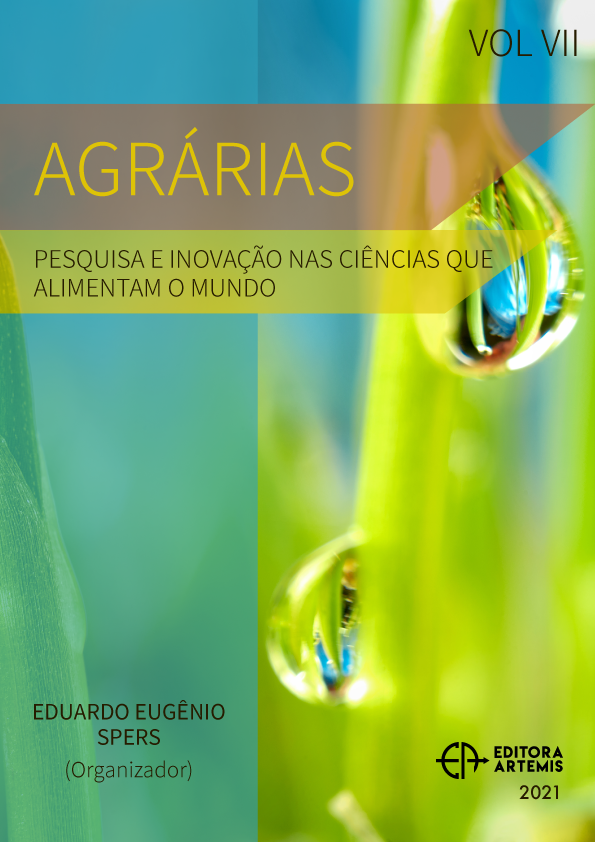
USO DE LA TOMOGRAFÍA COMPUTARIZADA PARA EL DIAGNÓSTICO DE PATOLOGÍAS RESPIRATORIAS DE VÍAS ALTAS EN EL GANADO OVINO
La tomografía computarizada (TC) es una técnica de diagnóstico por imagen, no invasiva, basada en la emisión de rayos X para la obtención de imágenes seriadas, axiales al eje de la camilla. Para la creación de las imágenes, el equipo tomográfico mide la atenuación sufrida por los rayos X al atravesar los distintos tejidos del área delimitada. Una vez obtenidos los cortes axiales, estos se superponen durante el posprocesado, permitiendo la visualización de cortes axiales, sagitales, coronales y reconstrucciones 3D a color de las estructuras anatómicas. Esto permite conocer de forma más precisa la localización, extensión y tipo de tejido de algunas patologías. Es una técnica de gran utilidad para lograr diagnósticos más precisos de las patologías respiratorias en ovino, las cuales suponen la principal causa de muerte y de pérdidas económicas de las explotaciones. Debido a su alto coste y baja disponibilidad, su uso rutinario en ganadería es inviable. Actualmente, es una herramienta de gran utilidad en la educación e investigación para entender el origen y evolución de distintas patologías, y así poder mejorar su diagnóstico in vivo y posterior tratamiento.
USO DE LA TOMOGRAFÍA COMPUTARIZADA PARA EL DIAGNÓSTICO DE PATOLOGÍAS RESPIRATORIAS DE VÍAS ALTAS EN EL GANADO OVINO
-
DOI: 10.37572/EdArt_18122151424
-
Palavras-chave: Tomografía computarizada. Patología respiratoria. Vías altas. Diagnóstico. Ovino.
-
Keywords: Computed tomography. Respiratory diseases. Upper tract. Diagnosis. Ovine.
-
Abstract:
Computed tomography (CT) is a non-invasive diagnostic imaging technique based on the emission of X-rays to obtain serial images, axial to the table axis. To reconstruct the images, the tomographic equipment measures the attenuation suffered by the X-rays as they pass through the different tissues in the defined area. Once the axial slices have been obtained, they are superimposed during post-processing, allowing the visualisation of sagittal and coronal slices, and 3D colour reconstructions of the anatomical structures. Thanks to this, the location, extension, and type of tissue of some diseases can be known more precisely. It is a very useful technique for achieving more precise diagnoses of respiratory pathologies in sheep, which are the main cause of death and, therefore, of economic losses on farms. Due to its high cost and low availability, its routine use in livestock farming is unfeasible. Currently, it is a very useful tool in education and research to understand the origin and evolution of different pathologies, and thus be able to improve their in vivo diagnosis and subsequent treatment.
-
Número de páginas: 15
- Cristina Ruiz Cámara
- Luis Miguel Ferrer Mayayo
- Enrique Castells Pérez

